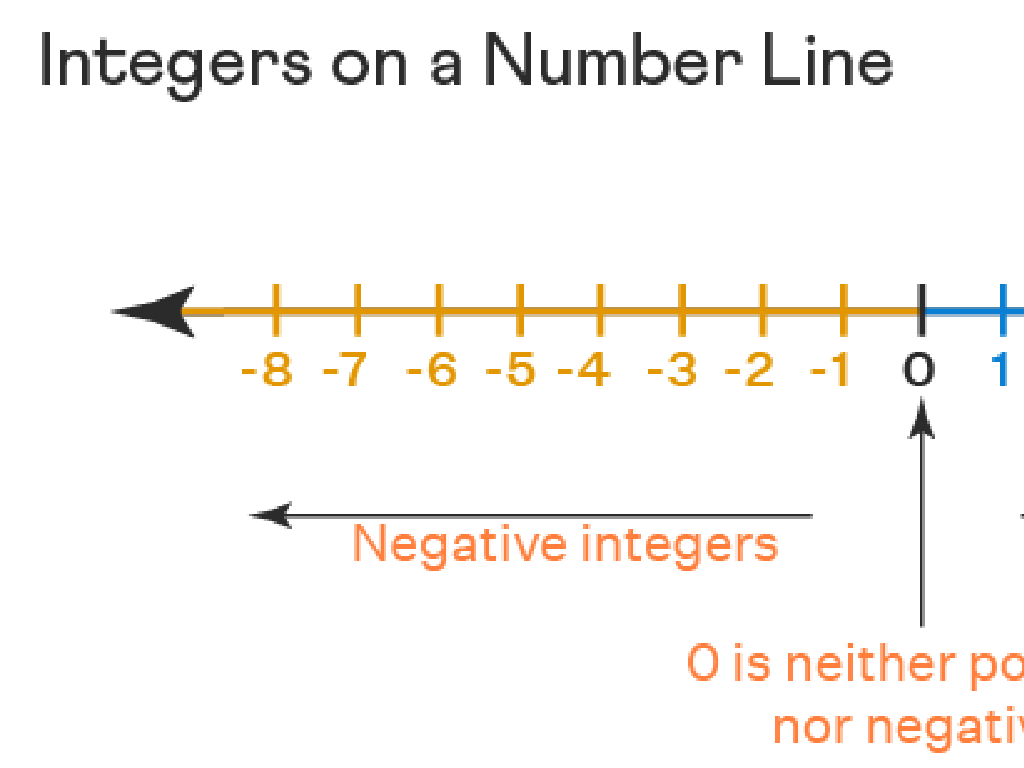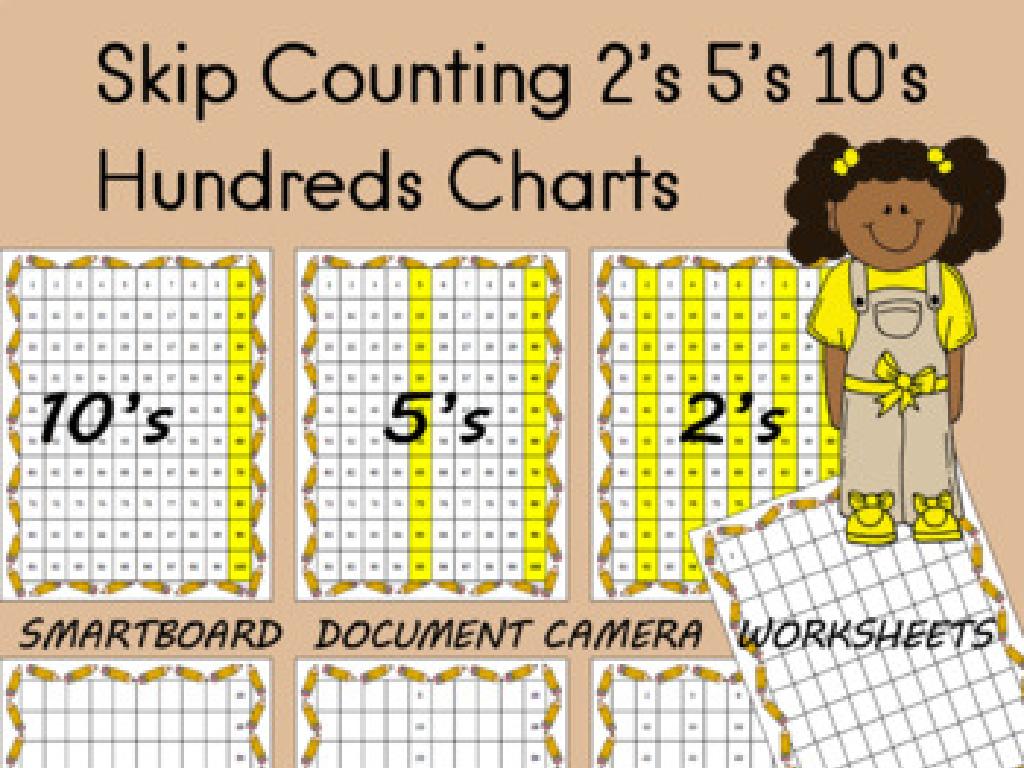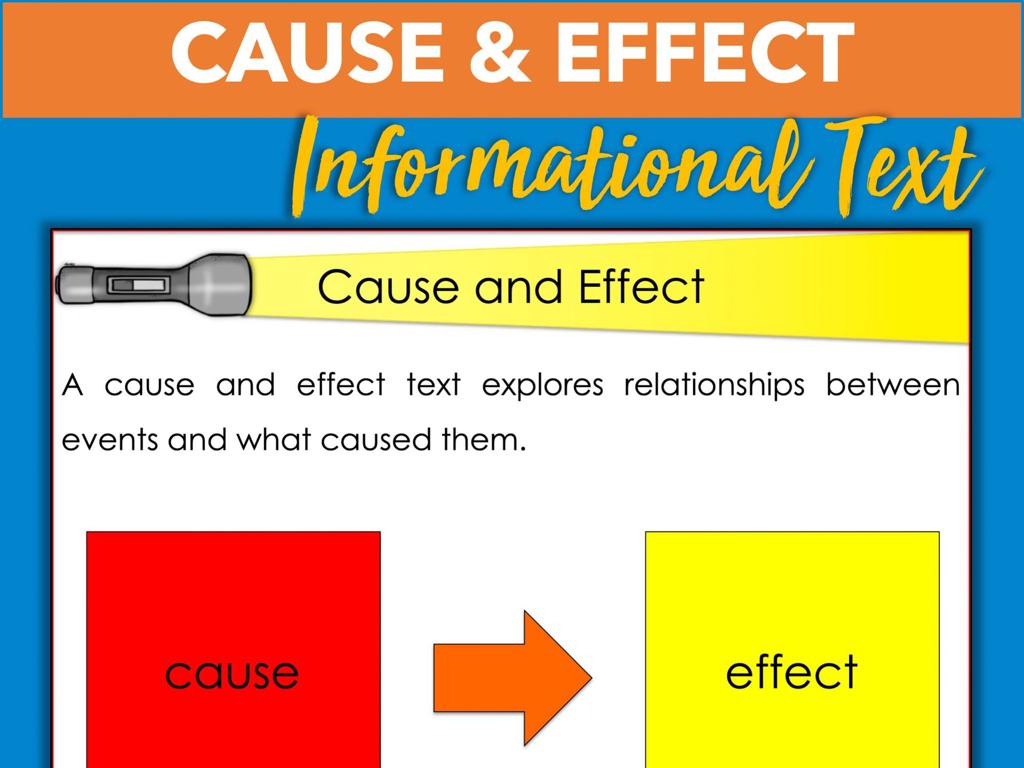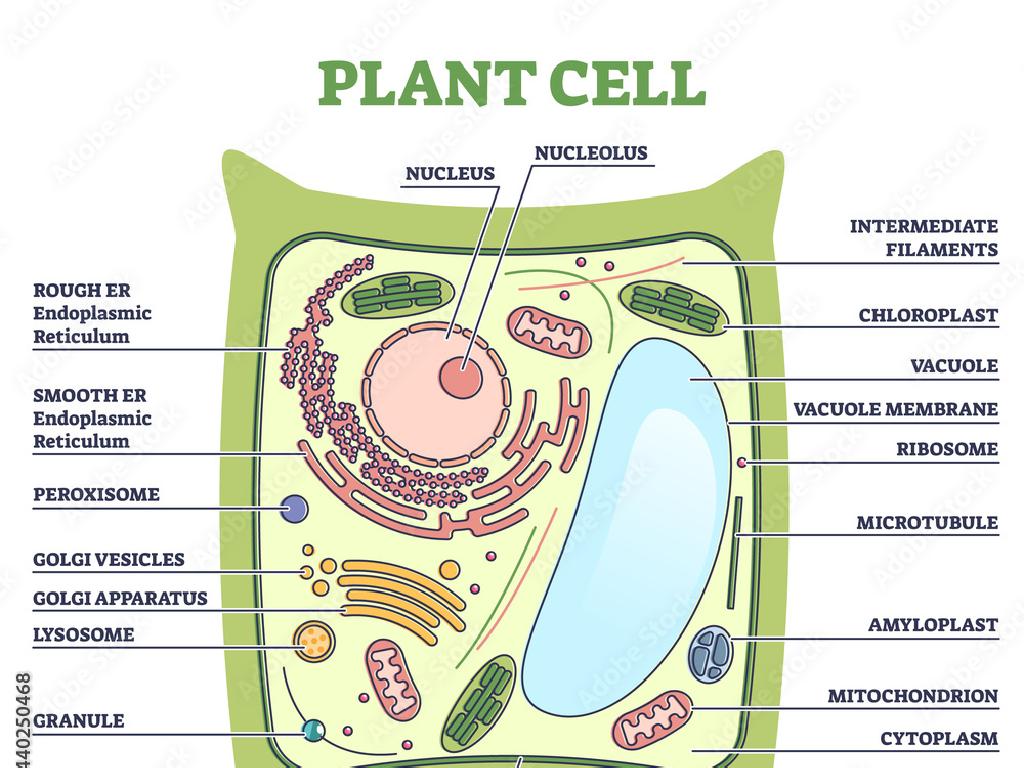Identify Main Verbs And Helping Verbs
Subject: Language arts
Grade: Fourth grade
Topic: Verb Types
Please LOG IN to download the presentation. Access is available to registered users only.
View More Content
Exploring Verb Types: Main & Helping Verbs
– Verbs: The action in sentences
– Main verbs show the main action
– Tells what the subject does, like ‘run’, ‘jump’, ‘think’
– Helping verbs ‘help’ main verbs
– Words like ‘am’, ‘is’, ‘are’, ‘was’, ‘were’, ‘be’, ‘being’, ‘been’
– Examples: ‘is running’, ‘has jumped’
– ‘She is running fast’, ‘He has jumped over the fence’
|
Begin the class by introducing verbs as the words that show action or state of being in sentences. Explain that main verbs are the most important verbs because they tell us what the subject is doing. Then, introduce helping verbs, which are used together with the main verb to form different tenses or to add more meaning. Use examples like ‘is running’ or ‘has jumped’ to illustrate how helping verbs and main verbs work together. Encourage students to identify the main and helping verbs in sentences and to come up with their own examples.
Understanding Verbs: Action and Being
– Verbs show action or state
– A verb tells us what the subject does or how it is
– Examples: run, jump, think, eat
– Action verbs: ‘She runs fast’, ‘They think deeply’
– ‘To be’ verbs: am, is, are, was, were
– These verbs describe existence or condition
– Verbs are key in sentences
– Understanding verbs helps us make complete sentences
|
This slide introduces the concept of verbs to fourth-grade students, emphasizing the difference between action verbs and state of being verbs. Action verbs are words that show what someone or something is doing, while state of being verbs indicate a condition or existence. Provide clear examples for both types of verbs and encourage students to come up with their own examples. Highlight the importance of verbs in constructing sentences, as they are essential in expressing actions and states of being. This foundational knowledge will aid in identifying main verbs and helping verbs in future lessons.
Understanding Main Verbs
– Main verbs show action or state
– ‘She sings beautifully.’ (sings)
– ‘sings’ tells us what she does
– Main verb is central to sentence
– Recognizing main verbs in sentences
– Practice by finding the main verb in examples
|
This slide introduces the concept of main verbs to fourth-grade students. Main verbs are crucial as they tell us what action is being performed or the state of being of the subject in a sentence. Use clear examples like ‘She sings beautifully.’ to illustrate how ‘sings’ is the main verb that describes what ‘she’ is doing. Emphasize that the main verb is the most important verb because it is essential to the meaning of the sentence. Encourage students to practice by identifying the main verbs in various sentences, reinforcing their understanding of the concept.
Exploring Helping Verbs
– What are helping verbs?
– They assist the main verb, indicating time and possibility
– Common helping verbs list
– Includes: has, have, had, will, shall, would, should, can, could, may, might
– Example of a helping verb in use
– In ‘She will sing at the concert’, ‘will’ helps the verb ‘sing’
|
This slide introduces the concept of helping verbs to the students. Explain that helping verbs, also known as auxiliary verbs, are used alongside the main verb to express the action or state of being. They are essential for constructing different tenses and moods in sentences. Provide the list of common helping verbs and ensure students memorize them as they are frequently used in the English language. Use the example ‘She will sing at the concert’ to show how ‘will’ is used as a helping verb to indicate future tense. Encourage students to find and highlight helping verbs in sentences as a class activity.
Main Verbs and Helping Verbs
– How to find the main verb
– Ask: ‘What is the subject doing?’ or ‘What is the state of the subject?’
– Role of helping verbs
– They appear before the main verb and alter its meaning
– Example: ‘She has finished her homework.’
– ‘has’ is the helping verb, ‘finished’ is the main verb
|
In this slide, we aim to teach students how to identify main verbs and helping verbs within a sentence. The main verb represents the action or state of the subject, and can be found by asking specific questions about the subject’s actions or state. Helping verbs are auxiliary verbs that come before the main verb and are used to express tenses, moods, or voices of the main verbs. They modify the main verb to create a clearer meaning. For example, in the sentence ‘She has finished her homework,’ ‘has’ is the helping verb that helps to express the perfect aspect, indicating that the action of finishing is completed. Encourage students to practice by finding the main and helping verbs in sentences from their favorite books or stories.
Let’s Practice Verbs Together!
– I’ll write sentences on the board
– Find the main verb first
– The main verb shows the action or state
– Look for any helping verbs
– Helping verbs work with the main verb
– Practice with a partner
– Share and discuss your findings together
|
This interactive class activity is designed to help students identify main verbs and helping verbs in sentences. Start by writing sentences on the board, then guide the students to find the main verb, which indicates the action or state of being. Next, help them to spot any helping verbs that assist the main verb. Encourage students to work in pairs to foster collaboration and discussion, which will reinforce their understanding of the concepts. As they practice, walk around the classroom to offer assistance and ensure that each pair is correctly identifying the verbs. This activity will help solidify their understanding of verb types in a fun and engaging way.
Class Activity: Verb Hunt Adventure
– Explore the classroom on a ‘Verb Hunt’
– Find objects or pictures for inspiration
– Create sentences with main and helping verbs
– Main verbs show action; helping verbs work with main verbs
– Share your verb sentences with the class
|
This interactive activity is designed to help students identify main verbs and helping verbs in a fun and engaging way. Students will move around the classroom to find objects or pictures that inspire them to create sentences. Encourage them to think about the action taking place (main verb) and the word that ‘helps’ the main verb (helping verb). For example, ‘The cat is sleeping on the mat’ – ‘is’ is the helping verb, and ‘sleeping’ is the main verb. After the hunt, students will share their sentences with the class, fostering a collaborative learning environment. Possible variations of the activity could include working in pairs, creating a verb collage, or writing a short story using their sentences.
Conclusion: Main Verbs & Helping Verbs
– Excellent work today!
– Homework: 10 sentences
– Create sentences with both verb types
– Use various main & helping verbs
– Example: ‘She is dancing gracefully.’
– Practice leads to perfection
|
Students have done a great job in today’s lesson on identifying main verbs and helping verbs. For homework, they are tasked to write 10 sentences, each incorporating a different main verb and helping verb to reinforce their understanding. Remind them that the variety in their sentences will help them grasp the concept better. Encourage them to be creative and use verbs that they are less familiar with to expand their vocabulary. During the next class, ask some students to share their sentences to discuss and celebrate their efforts. This practice will not only solidify their learning but also boost their confidence in using verbs correctly.





